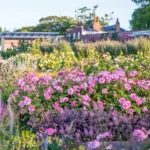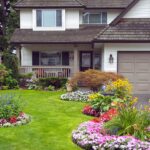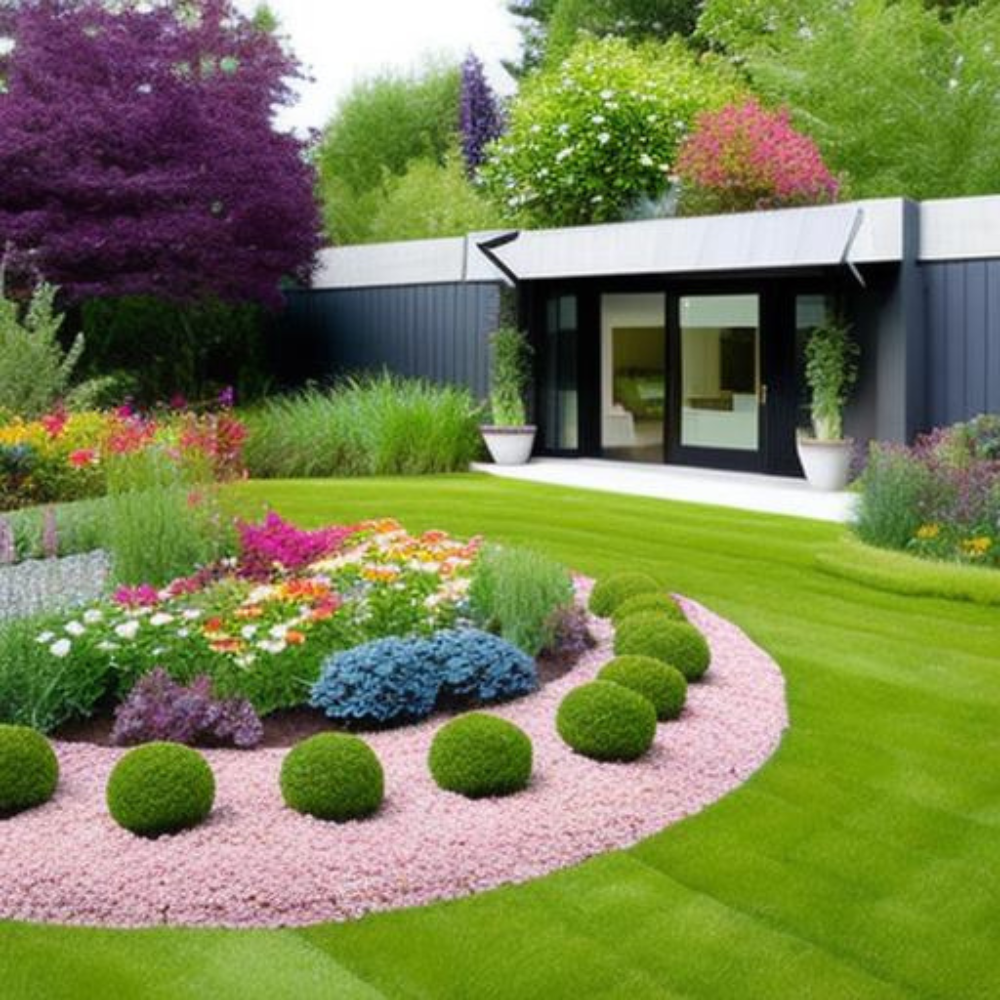Pollinators, such as bees, butterflies, and hummingbirds, are essential to a healthy garden. They help plants reproduce by transferring pollen from one flower to another, which leads to the growth of fruits, vegetables, and other plants. By creating a garden that attracts bees and other pollinators, you can help support the ecosystem and promote biodiversity. In this article, we’ll cover some tips on how to create a garden that attracts bees and pollinators.
Choose the right plants
To attract pollinators to your garden, you need to choose the right plants. Opt for flowers that produce nectar and pollen, such as daisies, sunflowers, and lavender. Native plants are also a great choice, as they’re adapted to the local climate and provide a food source for local pollinators.
Plant in groups
Planting in groups can help attract pollinators, as it provides a larger area for them to gather nectar and pollen. Planting in clusters can also make it easier for pollinators to find the flowers they need.
Provide a water source
Pollinators need water to survive, so consider adding a water source to your garden. This could be a small pond or bird bath that’s filled with clean water. Be sure to change the water regularly to prevent the growth of harmful bacteria.
Avoid pesticides
Pesticides can harm pollinators, so avoid using them in your garden. Instead, opt for natural pest control methods, such as companion planting or introducing beneficial insects like ladybugs and praying mantises.
Provide shelter
Pollinators also need shelter to protect them from predators and the elements. Consider adding bee boxes or birdhouses to your garden to provide a safe space for them to rest and nest.
Plant a variety of flowers
To attract a variety of pollinators, plant a variety of flowers that bloom at different times throughout the year. This can provide a continuous food source for pollinators and ensure that they stick around your garden.
Conclusion
In conclusion, creating a garden that attracts bees and pollinators is not only good for the environment but can also be beneficial for your garden. By choosing the right plants, planting in groups, providing a water source, avoiding pesticides, providing shelter, and planting a variety of flowers, you can create a garden that’s buzzing with life. So, grab your gardening tools and get started on creating a pollinator-friendly garden today!





